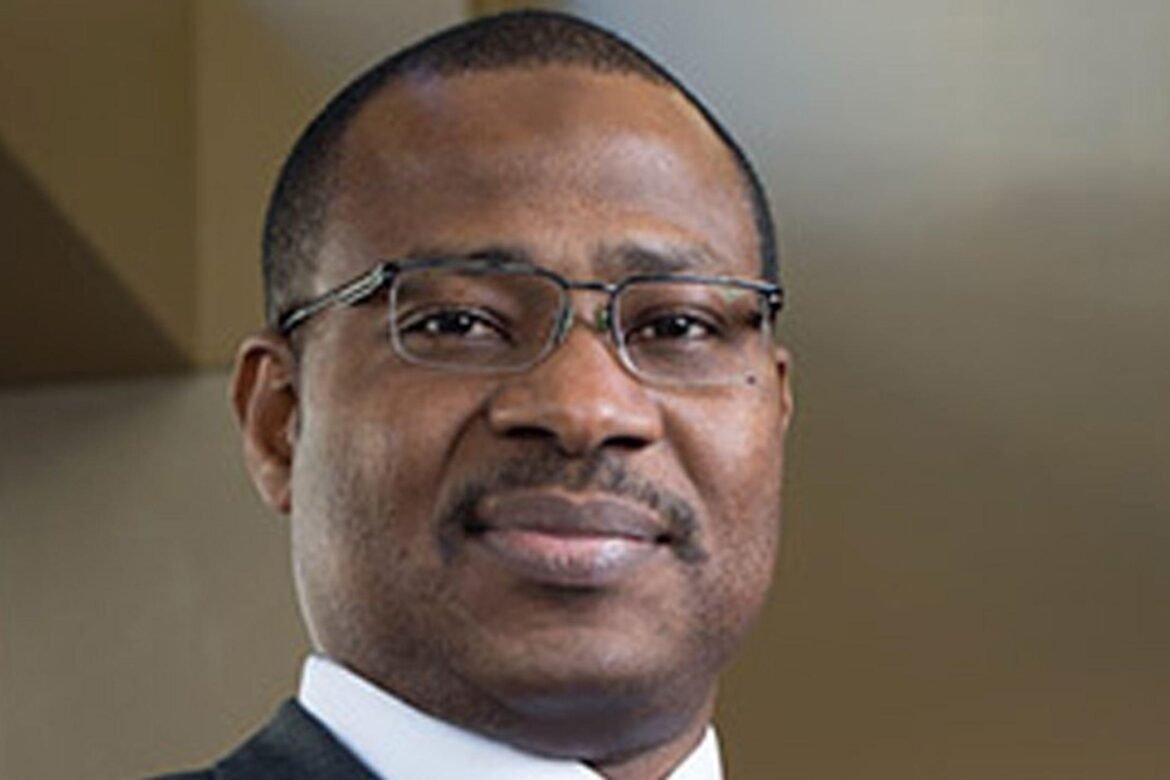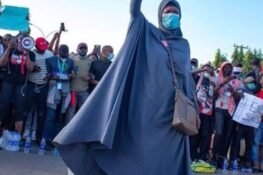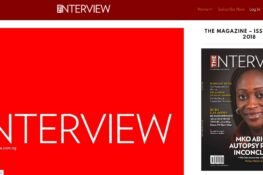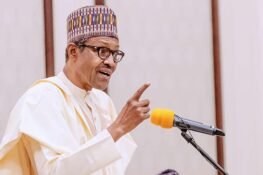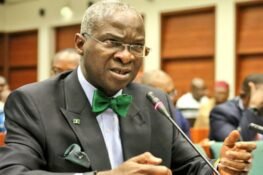Dr. Faisal Shuaib, Executive Director, National Primary Health Care Development Agency (NPHCDA) has given an insight into the composition of COVID-19 vaccines.
In an interview with News Agency of Nigeria(NAN) on Monday in Abuja, Shuaib said there were several COVID-19 vaccine candidates.
He said while some had been approved for emergency use by the World Health Organisation (WHO), others were still in different phases of clinical trials for possible approval.
According to him, COVID-19 vaccine candidates are of various categories based on their mechanism of action such as the inactivated or weakened virus vaccines.
He explained that in formulating the COVID-19 vaccine, an inactivated or weakened virus is used so it does not cause disease, but generates an immune response.
He also said there were protein-based vaccines, which used harmless fragments of proteins or protein shells that mimic the COVID-19 virus to safely generate an immune response.
He added that the viral vector vaccines used a virus that had been genetically engineered so that it could not cause a disease but would produce coronavirus proteins to safely generate an immune response.
He added that the Ribonucleic Acid (RNA) and Deoxyribonucleic Acid (DNA) vaccines employed a cutting-edge approach that used genetically engineered RNA or DNA to generate a protein that safely prompted an immune response.
So far, 1.09 million Nigerians have been administered the first dose of the Astrazeneca vaccine.
(NAN)
